Inside abandoned airport untouched for 50 years with rotting plane still on runway
Nicosia International Airport ceased its commercial flights following the Turkish invasion in 1974
These eerie pictures reveal the inside of an abandoned airport that has gone untouched for 50 years.
Just shy of 10km west of the Cypriot capital city of Nicosia, Nicosia International ceased its commercial flights following the Turkish invasion in 1974.
Constructed in the 1930s, the site was used as the country’s main Royal Air Force station until its eventual closure.
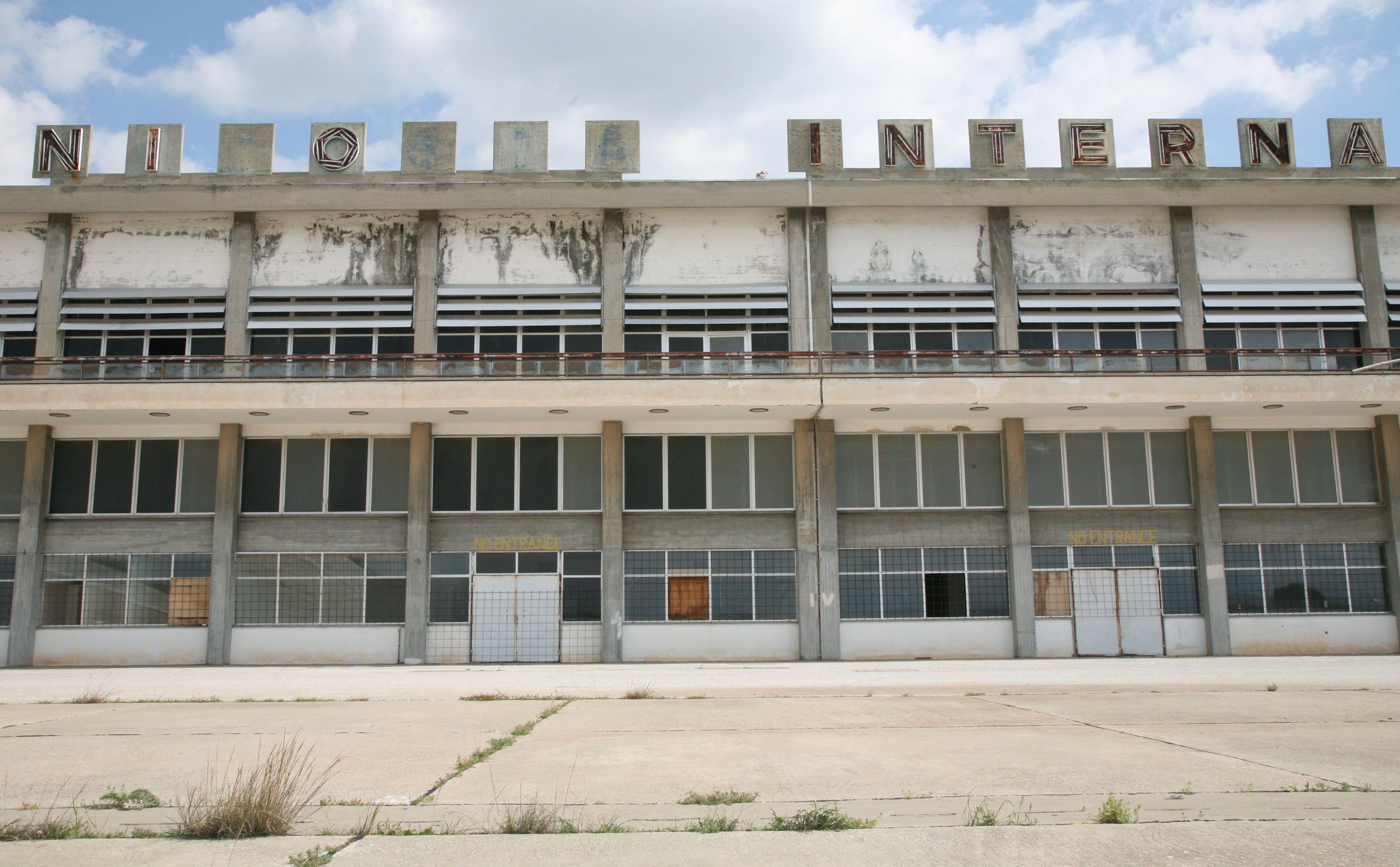
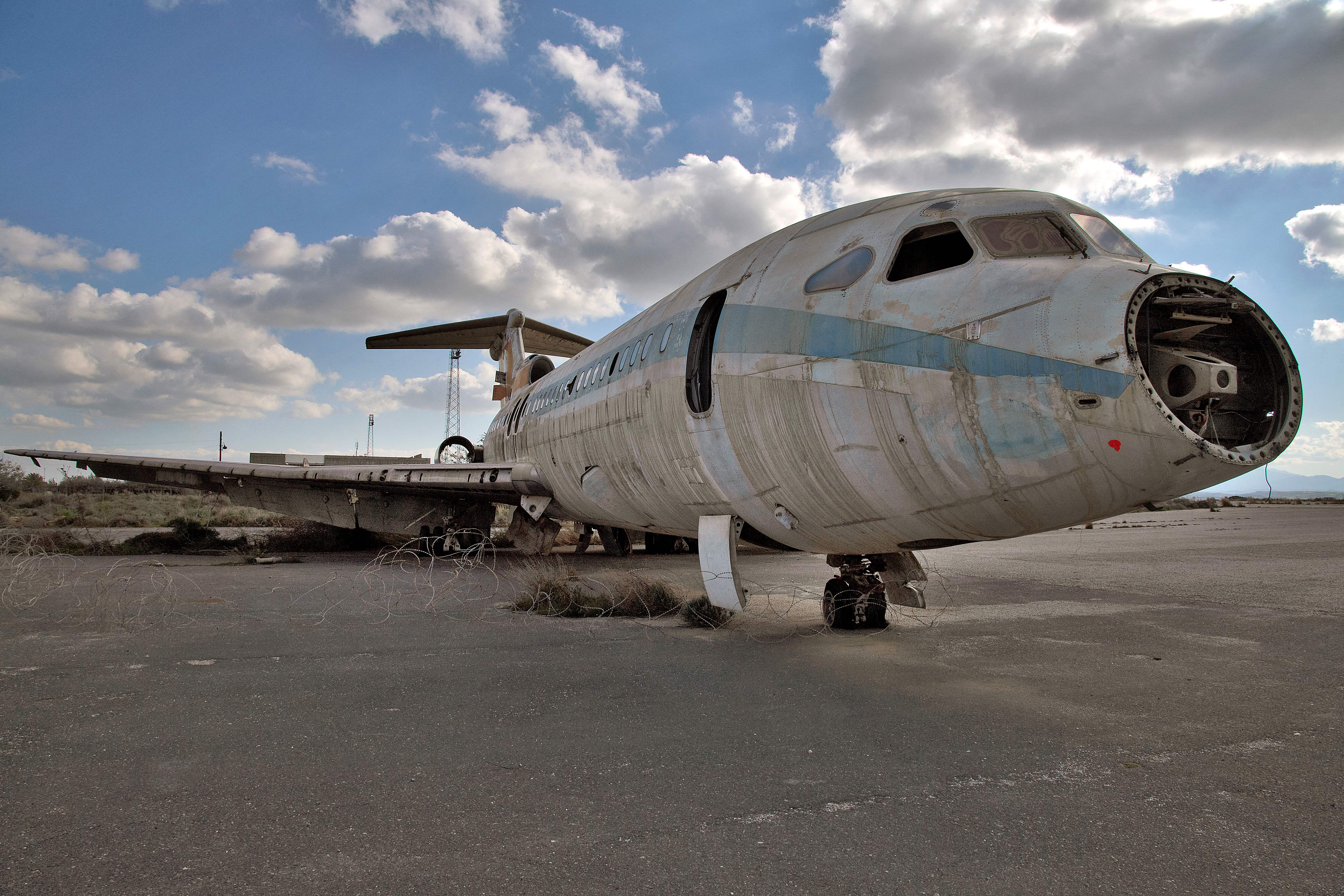
The airport’s facilities were limited, comprised of three huts to form the main terminal with Customs, Immigration, Civil Aviation, Signals, Traffic and Operational Services, with the site and runway extended during the Second World War.
Between 1943 and 1944, American bombers used the runway as they returned from the Allied bombings of the Romanian oil fields, with the airport further expanded to reintroduce commercial services following the end of the war. By 1948, Misrair, BOAC, Cyprus Airways and MEA all operated from Nicosia.
However, the last commercial flights took off from the runway in 1977 under United Nations (UN) Special Authorisation, as following the Turkish invasion, the airport became the site of intense fighting between Cypriot and Turkish forces.
A ceasefire was signed in August 1974, allowing the airport to integrate as part of the UN-controlled Buffer Zone which served to separate the two communities.
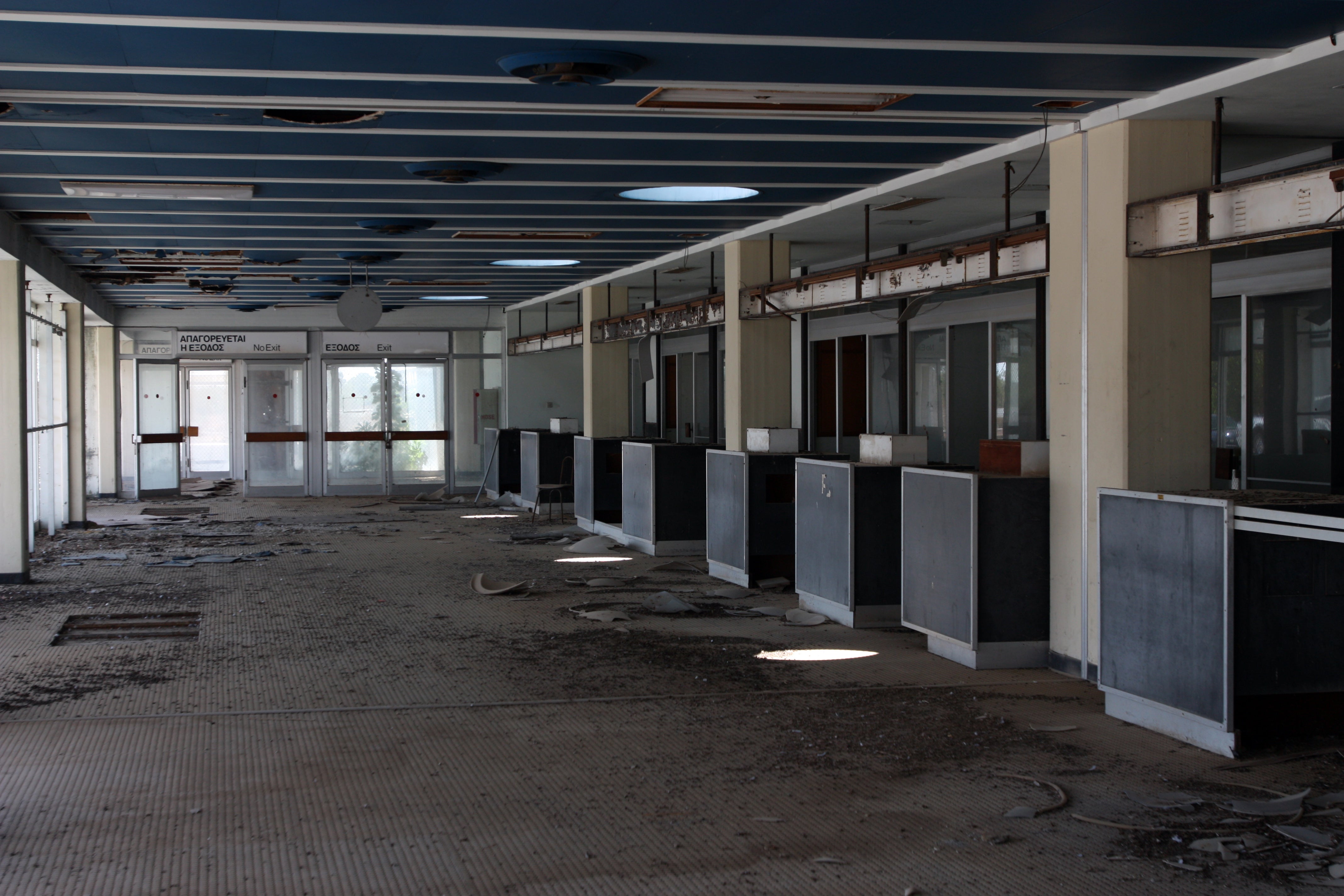
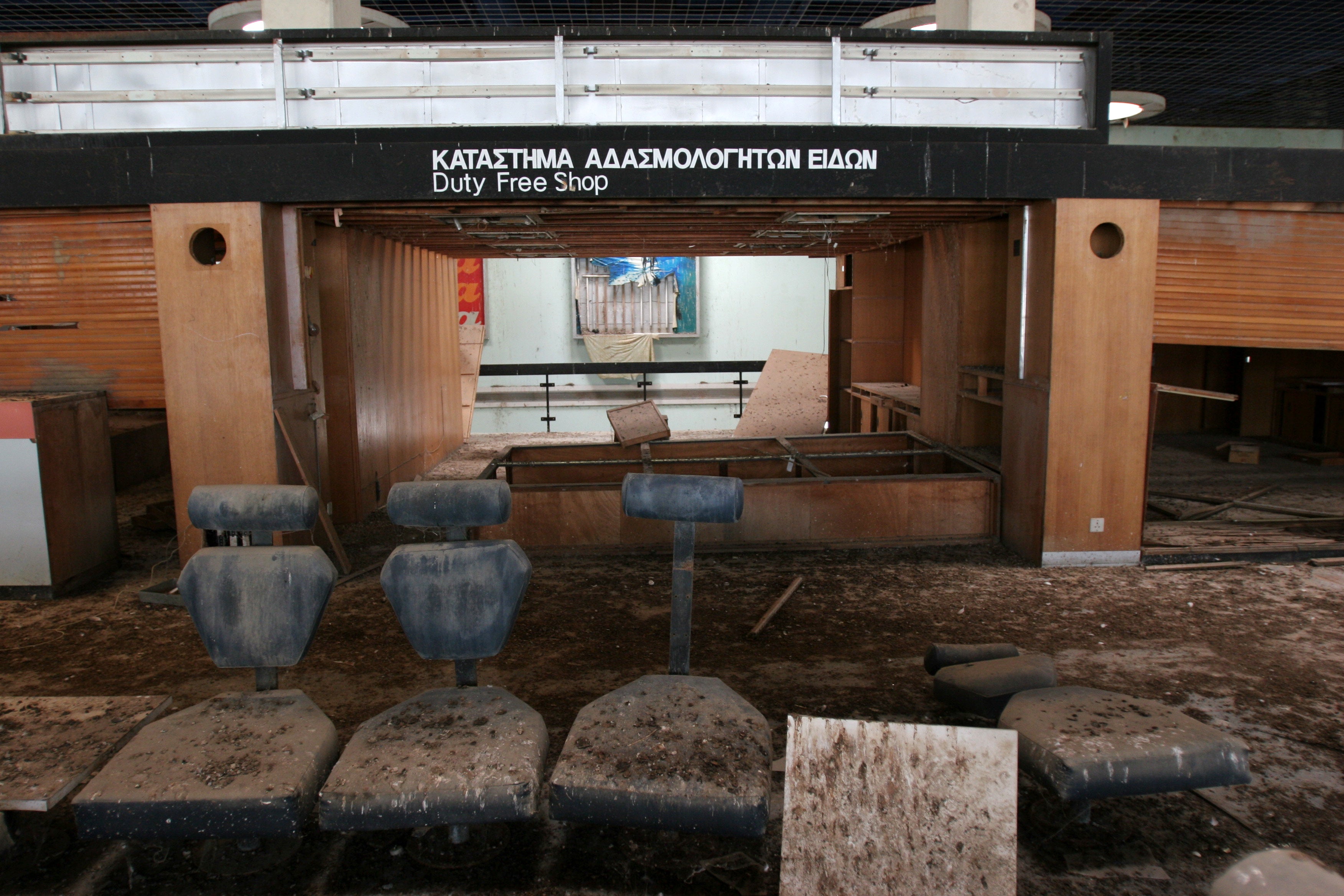
Nowadays, Nicosia Airport is largely abandoned. There are UN helicopters, however, based at the site, which has been used as the island’s headquarters for the UN peacekeeping mission in Cyprus since the Turkish invasion. It also houses recreational facilities for UN personnel.
Photographs show the site complete with a plane rotting on the runway and dust and dirt piling up in the waiting lounges.
Where crowds of holidaymakers once queued up to have their documents checked – with visitors to the island including the likes of Elizabeth Taylor and Brigitte Bardot – shrapnel now lines the dusty floors.
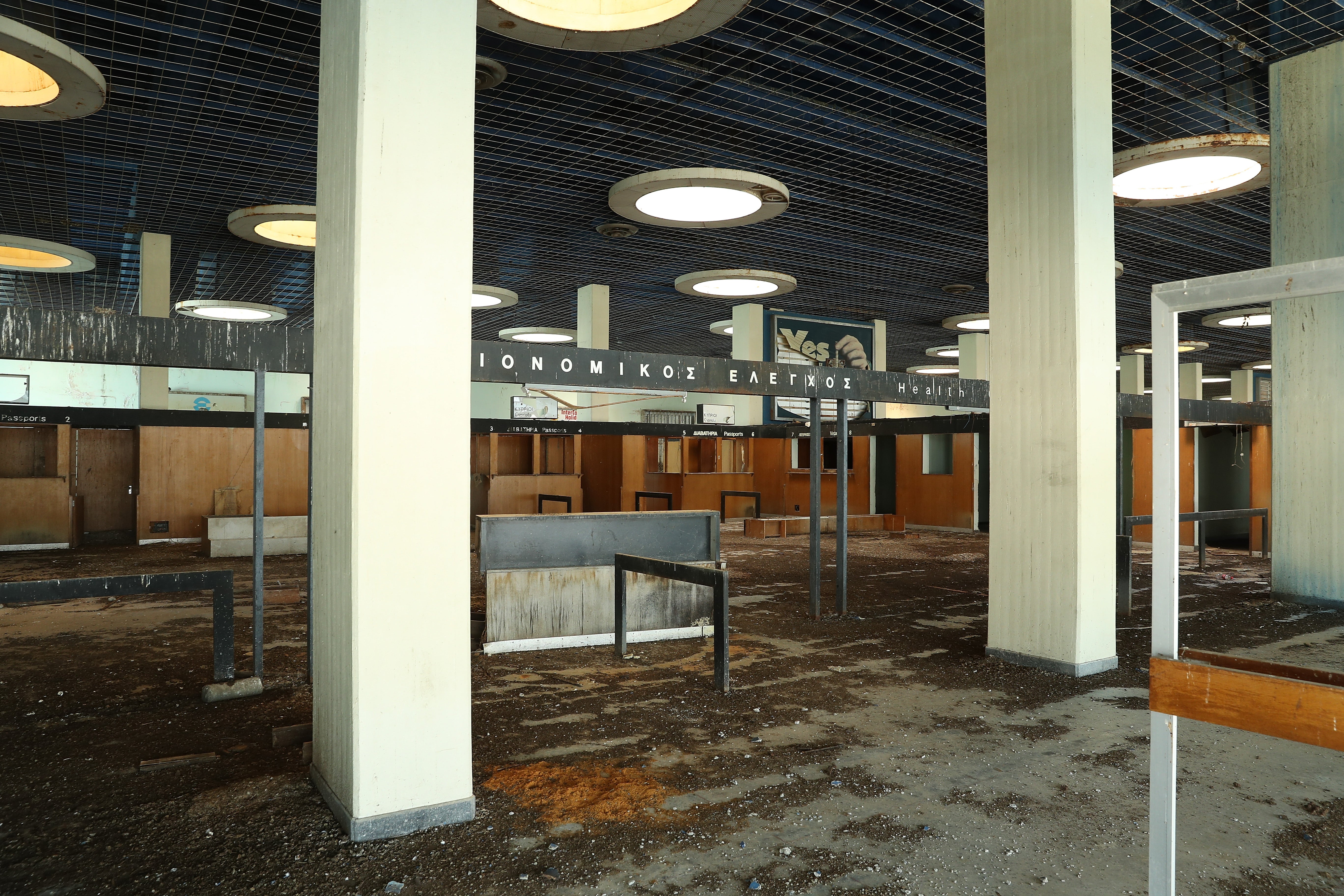
The cubicles once manned by border force now sit empty, as does the Duty Free Shop by airport security.
Located in a strategic position in the East Mediterranean, Cyprus has been occupied by an array of different powers across history, including the Assyrians, Egyptians, Persians and Romans.
Under international law, Turkey’s occupation of Cyprus is considered illegal, with no country other than the Republic of Turkey currently recognising Northern Cyprus as a sovereign state.
According to UN Law, it is recognised as the territory of the Republic of Cyprus under Turkish occupation.
Join our commenting forum
Join thought-provoking conversations, follow other Independent readers and see their replies
Comments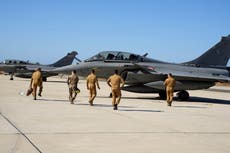

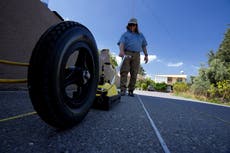


Bookmark popover
Removed from bookmarks